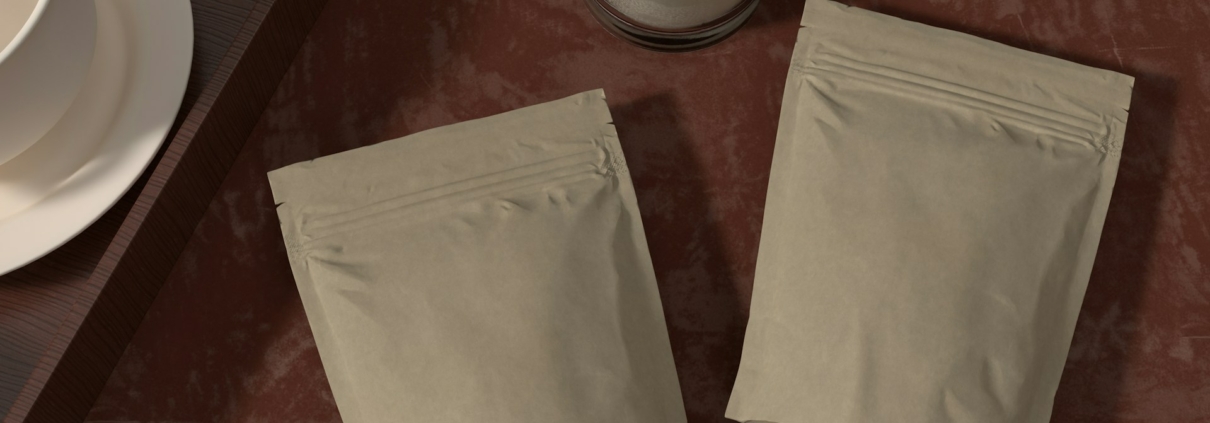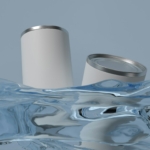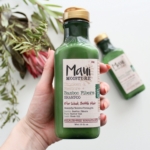Challenges in Coffee Packaging Design and How to Overcome Them
Packaging coffee comes with unique challenges. Coffee is sensitive to light, air, and moisture. If not packaged well, it can lose its flavour and aroma. Ensuring the freshness and quality of coffee is the primary goal of good packaging.
Balancing looks and functionality is another challenge. Packaging needs to catch the eye of customers while being practical. It must protect the coffee and also be easy for customers to use. This balance is key to successful packaging.
Sustainability is a growing concern. Many customers now prefer eco-friendly options. Finding materials that protect coffee while being kind to the environment is tough but crucial. Sustainable solutions help brands stand out and appeal to eco-conscious buyers.
Finally, cost is always a factor. Keeping packaging affordable without sacrificing quality is essential. By focusing on these areas, brands can create effective and appealing coffee packaging that meets all needs.
Ensuring Freshness and Quality
Keeping coffee fresh and maintaining its quality is crucial. The packaging must protect the beans or grounds from moisture, air, and light, which can spoil the flavour. Here are key methods to ensure coffee stays fresh.
Airtight Seals
Using airtight seals is essential. An airtight seal prevents air from entering the package and keeps the coffee’s aroma intact. Many coffee bags feature one-way valves. These valves let gases escape without letting air in. This method helps to maintain the freshness and original taste of the coffee.
Light-Blocking Materials
Exposure to light can degrade the quality of coffee. Using opaque packaging materials blocks light and protects the coffee inside. Materials like foil-lined bags or dark-coloured containers are excellent choices. They prevent UV rays from reaching the coffee and spoiling it.
Proper Material Choice
Choosing the right packaging material is also vital. Laminated films and multi-layered packaging provide a strong barrier against external elements. These materials keep moisture, air, and light out, ensuring that the coffee remains fresh for longer. A good packaging material extends the shelf life of coffee and keeps it tasting great.
Balancing Aesthetics and Functionality
Balancing looks and functionality in coffee packaging can be challenging. The packaging needs to attract customers and protect the product. Achieving this balance ensures both successful branding and product quality.
Eye-Catching Design
A visually appealing design can draw customers to your product. Use bright colours, unique shapes, and clear branding to make the packaging stand out. The design should reflect the brand identity and appeal to the target audience. Engaging graphics and a strong logo can make a significant impact on the shelf.
Practical Features
Alongside looks, the packaging must be user-friendly. Features like resealable zippers or easy-pour spouts add convenience for customers. These practical elements enhance the user experience and encourage repeat purchases. Convenient packaging also ensures the coffee stays fresh after opening.
Durable Construction
Durability is another important factor. The packaging must withstand handling and transportation without tearing or leaking. Sturdy materials and strong seals prevent damage and maintain the coffee’s quality. A durable and well-designed package preserves the product and the brand’s reputation.
Balancing aesthetics and functionality involves creating packaging that is both beautiful and practical. By focusing on both elements, you can design packaging that attracts customers and keeps the coffee fresh, ensuring satisfaction from the first cup to the last.
Sustainable Packaging Solutions
As sustainability becomes more important to consumers, brands must focus on eco-friendly packaging options. It is vital to reduce environmental impact while still preserving the coffee’s quality. Here are some sustainable solutions for coffee packaging.
Biodegradable Materials
Using biodegradable materials can significantly reduce waste. Options like biodegradable plastics and compostable paper materials break down quickly and do not harm the environment. These materials offer a sustainable way to package coffee without sacrificing freshness.
Recyclable Packaging
Recycling is another effective way to be eco-friendly. Using recyclable materials such as aluminium or certain plastics ensures that the packaging can be reused. Clear recycling instructions on the packaging can also encourage customers to recycle properly. This helps in creating a sustainable cycle of use and reuse.
Minimalist Design
Reducing the amount of packaging is another sustainable approach. Minimalist designs use less material and create less waste. Simple, elegant packaging that uses fewer resources can still attract customers and be eco-friendly. Carefully consider each component to ensure it serves a purpose, thus keeping the packaging efficient and environmentally friendly.
Cost-Effective Packaging Strategies
Keeping costs low without compromising quality is a significant challenge in coffee packaging. Finding ways to be cost-effective helps in maintaining a competitive price for the product. Here are strategies to achieve cost-efficiency.
Bulk Purchasing
Buying packaging materials in bulk can save money. Bulk purchasing often comes with discounts and reduces the overall cost per unit. This method efficiently manages resources and keeps expenses in check. Evaluating supplier options and negotiating deals can also lead to better bulk purchase rates.
Streamlined Production
Streamlining the production process reduces waste and lowers costs. Using efficient machinery and optimising workflows helps in cutting down on production time and waste. Ensuring that production steps are well-coordinated leads to cost savings and higher efficiency.
Multi-Purpose Packaging
Designing multi-purpose packaging can also be cost-effective. Using one type of packaging for different products reduces the need for diverse packaging materials. This approach simplifies inventory and production processes, leading to cost savings. A flexible packaging design that can adapt to various products will save both time and money.
Conclusion
Creating effective coffee packaging involves balancing multiple factors. Ensuring freshness and quality, maintaining aesthetics and functionality, prioritising sustainability, and keeping costs low are all crucial. Addressing these challenges strategically helps in developing packaging that stands out and meets customer needs.
Focusing on airtight seals, light-blocking materials, and proper material choice preserves coffee’s freshness. Balancing eye-catching design with practical features ensures the packaging is both attractive and functional. Sustainable solutions like biodegradable materials, recyclable options, and minimalist designs cater to eco-conscious consumers. Finally, cost-effective strategies such as bulk purchasing, streamlined production, and multi-purpose packaging help to keep expenses under control.
If you’re looking to explore innovative packaging solutions that cater to all your needs, reach out to Star Stuff Group. Our team is ready to assist in creating the perfect custom made product packaging for your coffee that will captivate customers and stand out on shelves. Get started with Star Stuff Group today on your packaging journey.




